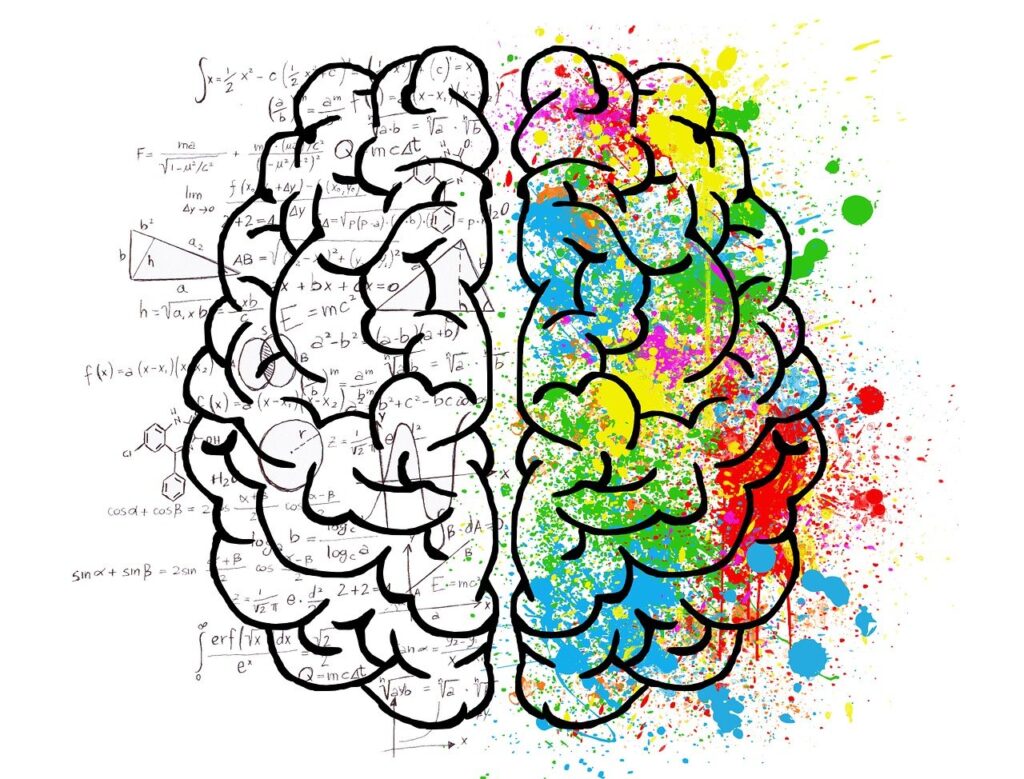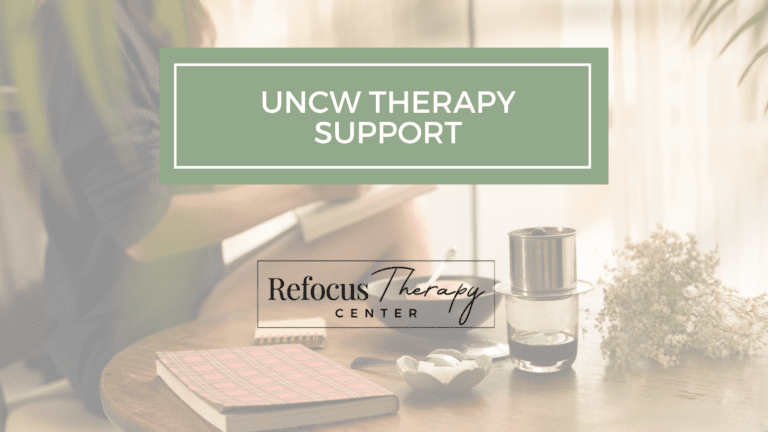Soooo…. What is EMDR?
This is a question I get often.
EMDR stands for Eye Movement Desensitization and Reprocessing. It is a psychotherapy technique developed by Dr. Francine Shapiro in the late 1980s. EMDR therapy is primarily used to help individuals process and overcome trauma and other distressing life experiences, including PTSD, anxiety, depression, and panic disorders.

Lets talk about the world of EMDR therapy, a unique and effective approach to healing and mental wellness. If you’re new to EMDR or considering it as a therapeutic option, I hope this guide helps!
What is EMDR Therapy?
EMDR Therapy is an updated form of therapy that uses bilateral movement of the brain to help process upsetting memories. EMDR uses bilateral movement can be completed through one’s 5 senses, if it’s sound and a noise alternating from your left to right ear or using a light bar in which you follow the light from the left to right. In distracting yourself, your brain is capable of reprocessing these memories in a less stressful manner. EMDR therapy focuses directly on the memory, and is intended to change the way that the memory is stored in the brain, thus reducing and eliminating the problematic symptoms.
How Does EMDR Work?
EMDR therapy is based on the idea that negative thoughts, feelings, and behaviors are the result of unprocessed memories. The therapy involves eight phases, focusing on the past, present, and future aspects of a stored memory.
The heart of EMDR involves ‘bilateral stimulation’ (typically through guided eye movements), which helps the brain reprocess these memories, reducing their lingering effects and allowing you to develop more adaptive coping mechanisms.
EMDR Therapy is typically done in various sessions, broken up into a certain 8 phase approach. Each session can carry from 55 minutes to multiple hours, typically done once to twice a week.
The EMDR Process: A Brief Overview
-
- History and Treatment Planning: Understanding your background and identifying specific memories to target.
-
- Preparation: Establishing trust and explaining the EMDR process.
-
- Assessment: Identifying a specific target memory and components associated with it.
-
- Desensitization: Using eye movements to process the memory until it no longer causes distress.
-
- Installation: Strengthening positive beliefs.
-
- Body Scan: Identifying any residual physical tension and addressing it.
-
- Closure: Returning to equilibrium at the end of each session.
-
- Reevaluation: Ensuring all targeted memories have been adequately processed.
Benefits of EMDR Therapy
-
- Reduces the emotional impact of past traumatic experiences.
-
- Helps overcome anxiety, depression, and stress-related symptoms.
-
- Aids in improving self-esteem and personal beliefs.
-
- Can be effective in a relatively short period compared to other therapies.
Is EMDR Right for You?
EMDR therapy isn’t a one-size-fits-all solution. It’s essential to have an evaluation with a trained EMDR therapist to determine if this approach is suitable for your needs.
Conclusion:
EMDR therapy offers a promising path for those seeking to heal from trauma and improve their mental health. At Refocus Therapy Center we are here to guide you through this journey, helping you process past experiences and move towards a brighter, healthier future.
Want to Learn More?
Interested in exploring how EMDR therapy can benefit you? Contact us today to schedule a consultation and take the first step on your healing journey.










